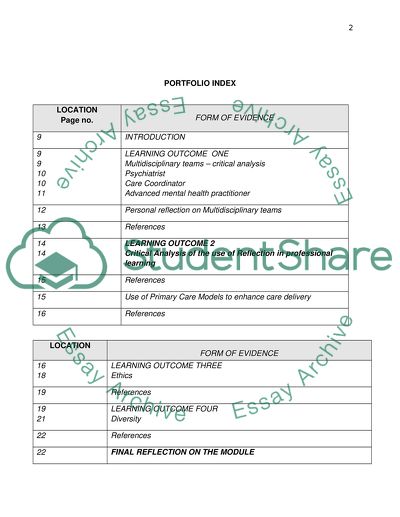Cite this document
(“Teamwork in the multidisciplinary setting. Professional issues Essay”, n.d.)
Retrieved from https://studentshare.org/nursing/1400099-professional-issues-b-portfolio-essay
Retrieved from https://studentshare.org/nursing/1400099-professional-issues-b-portfolio-essay
(Teamwork in the Multidisciplinary Setting. Professional Issues Essay)
https://studentshare.org/nursing/1400099-professional-issues-b-portfolio-essay.
https://studentshare.org/nursing/1400099-professional-issues-b-portfolio-essay.
“Teamwork in the Multidisciplinary Setting. Professional Issues Essay”, n.d. https://studentshare.org/nursing/1400099-professional-issues-b-portfolio-essay.


